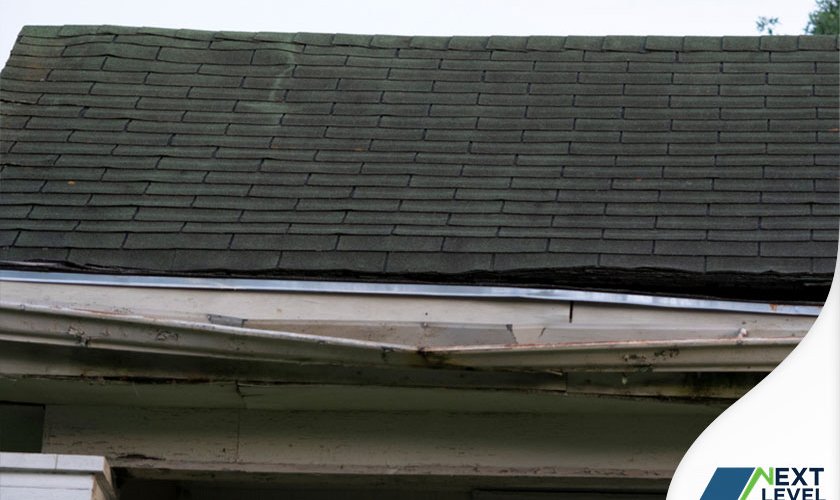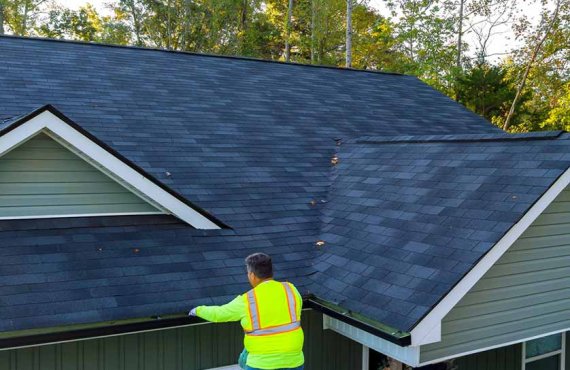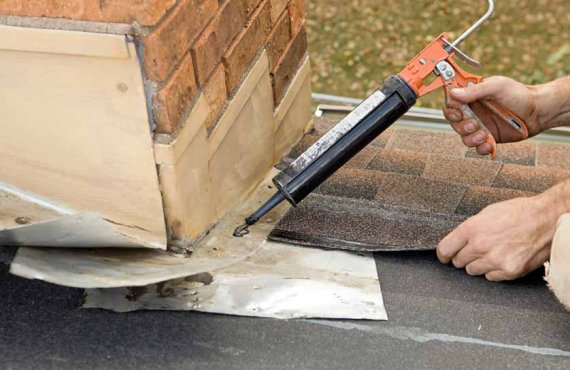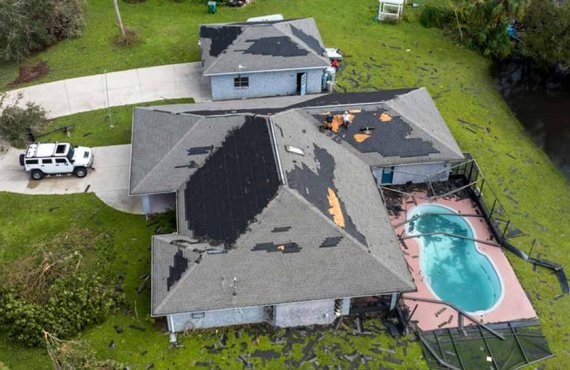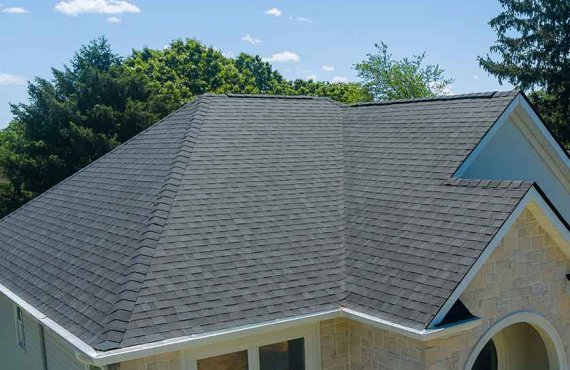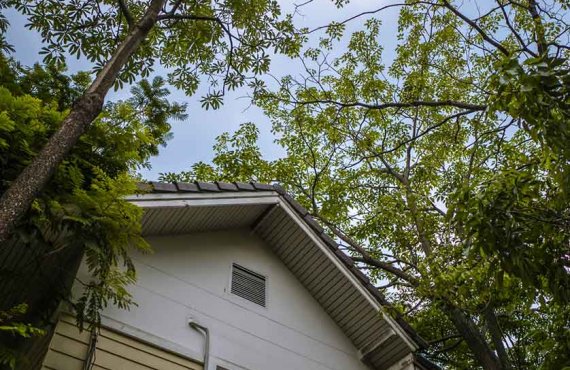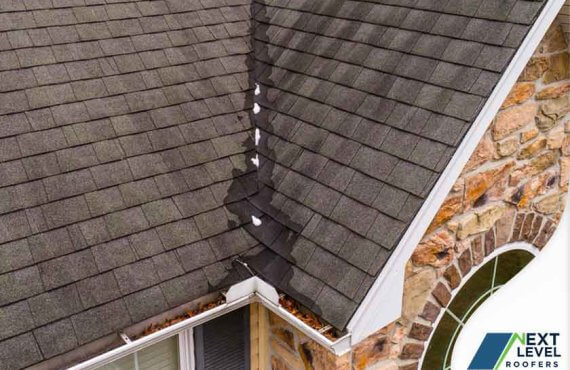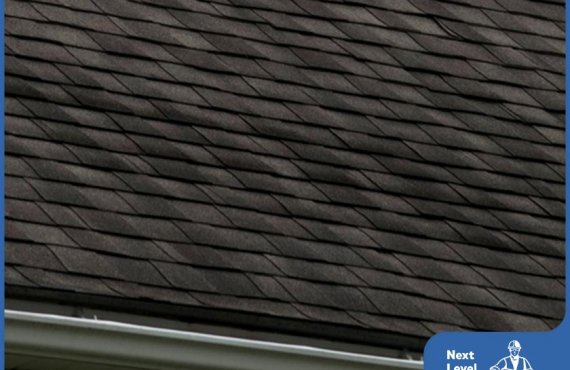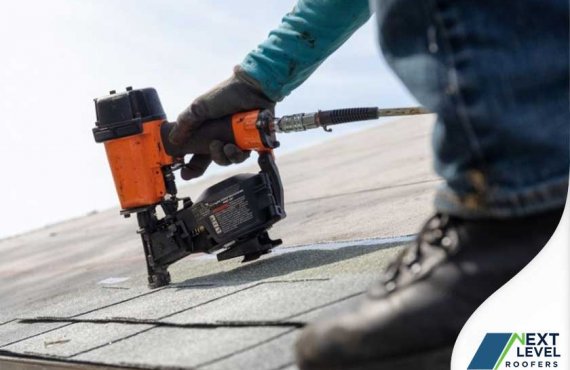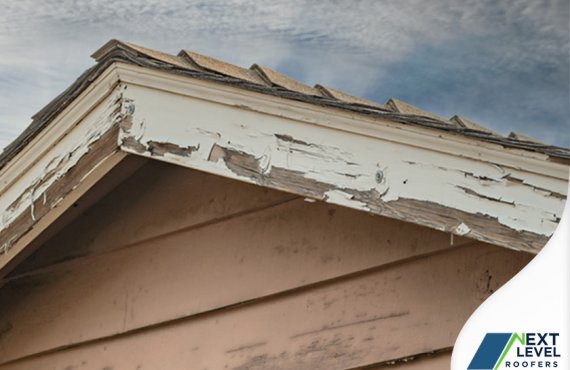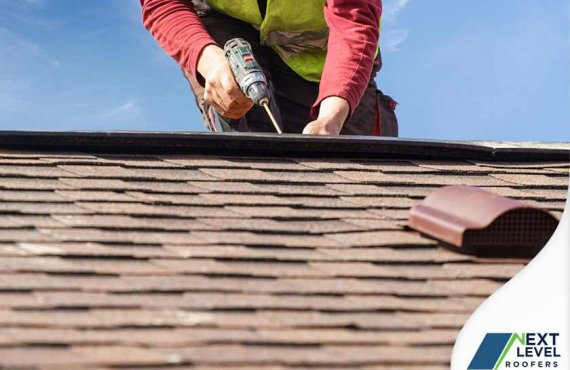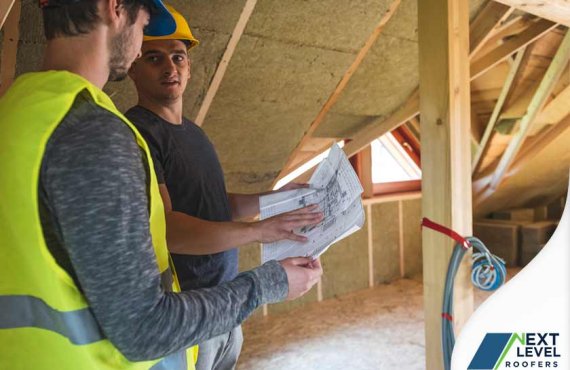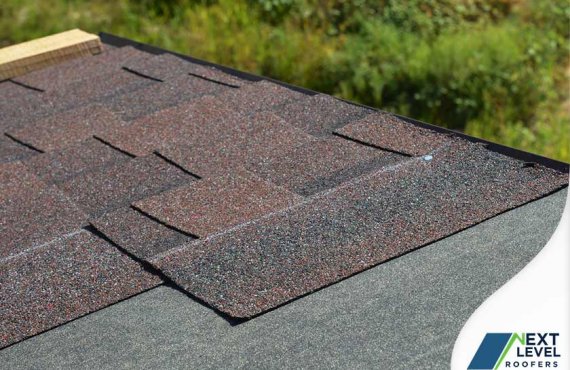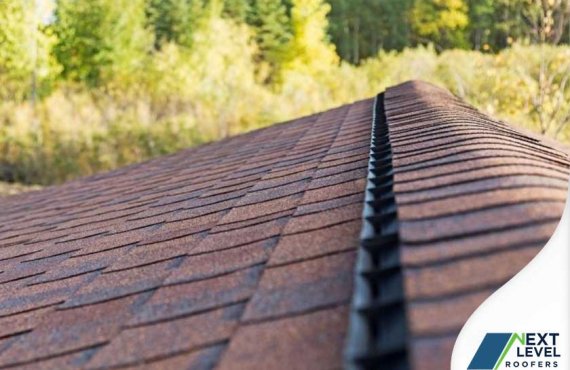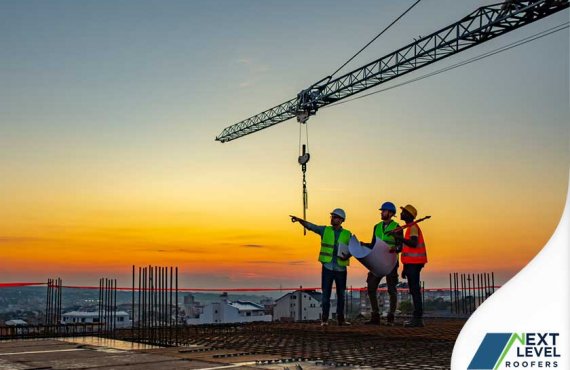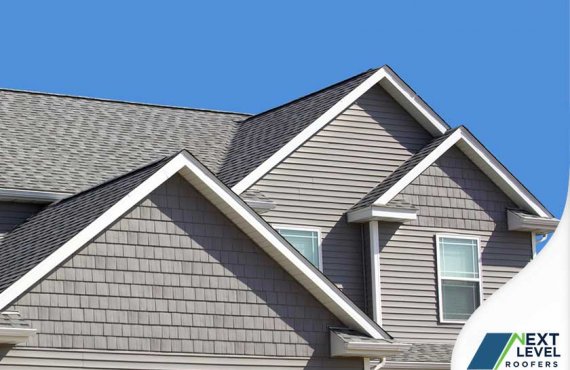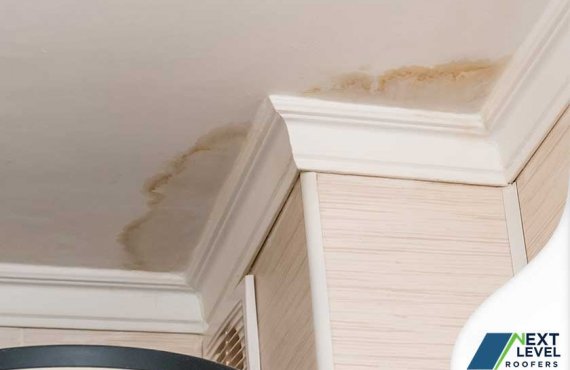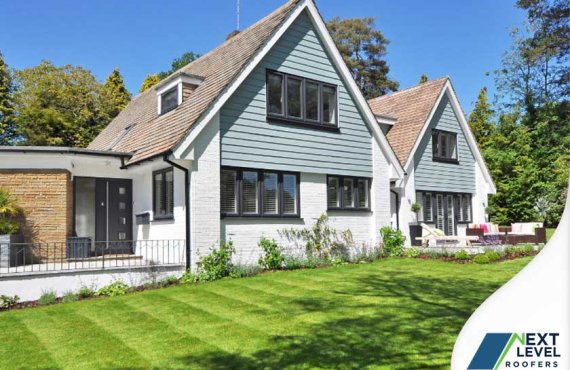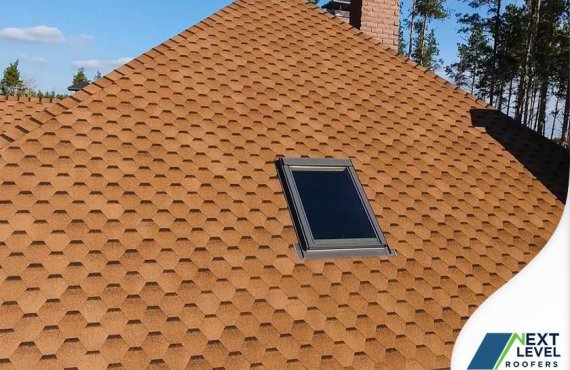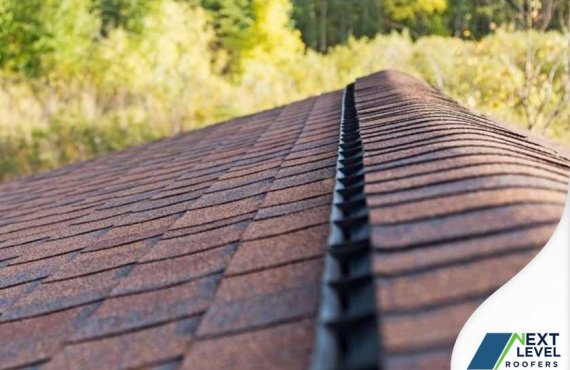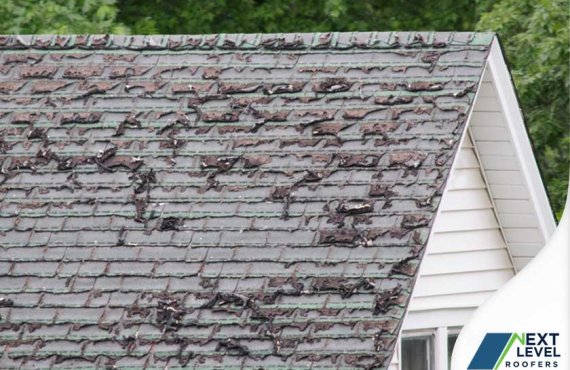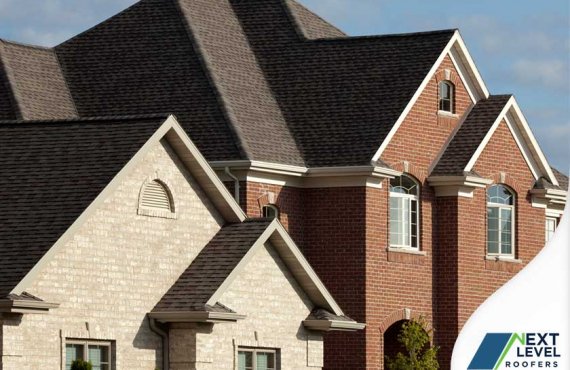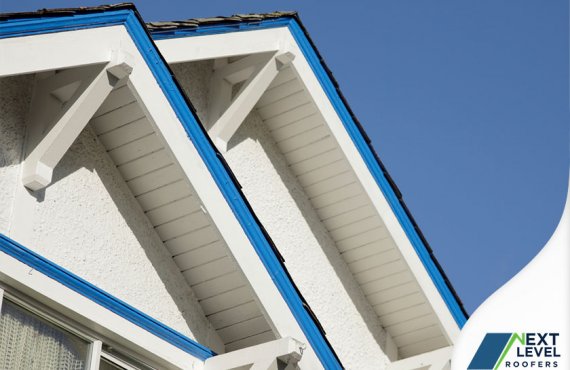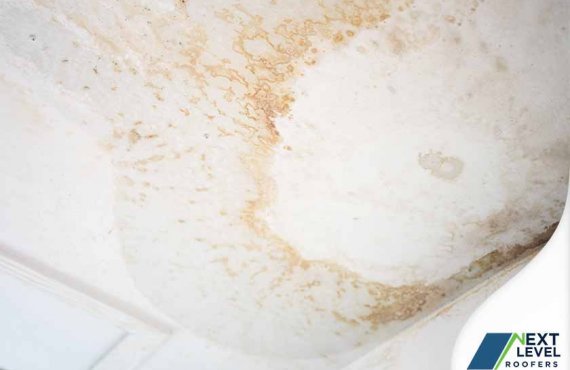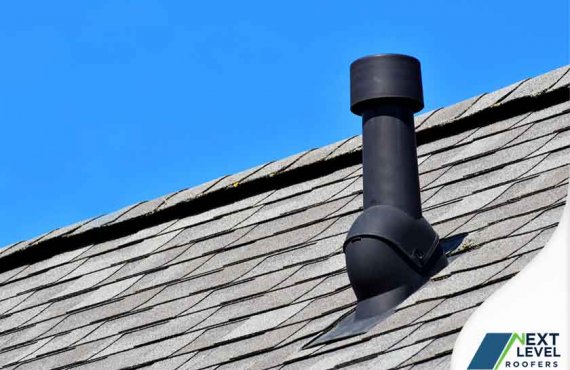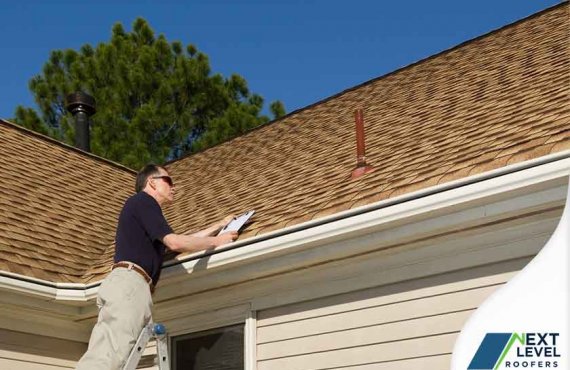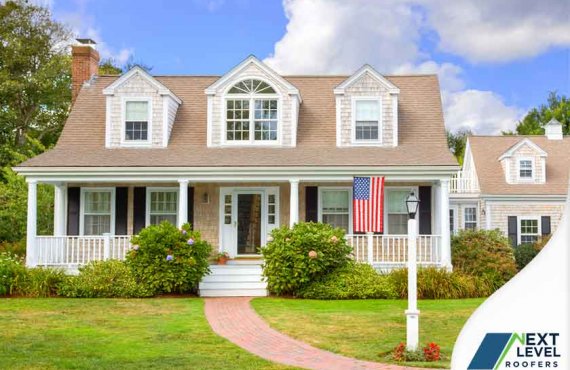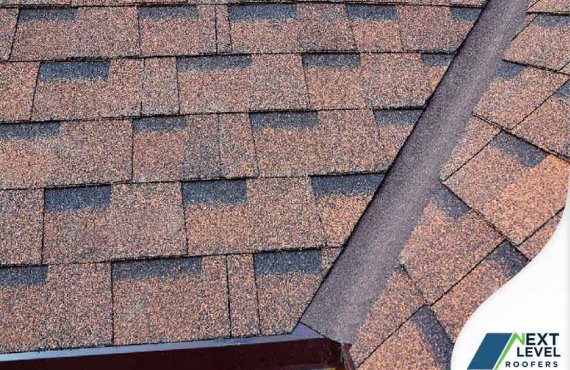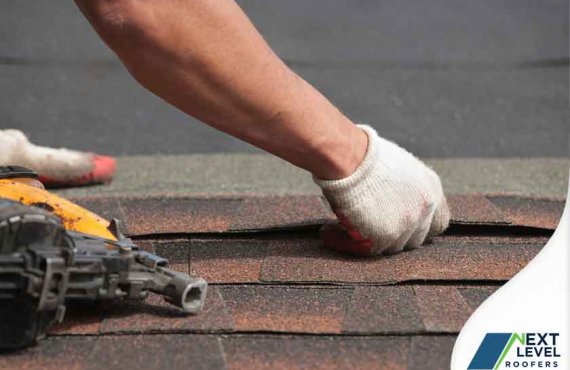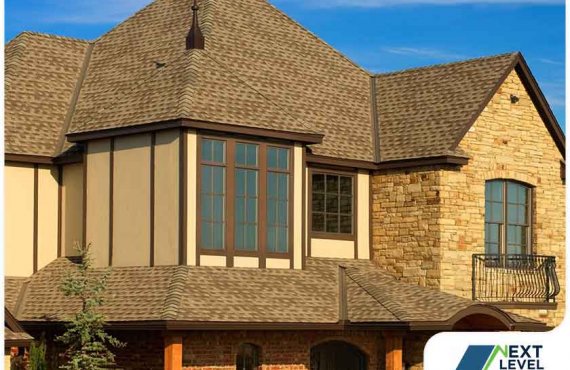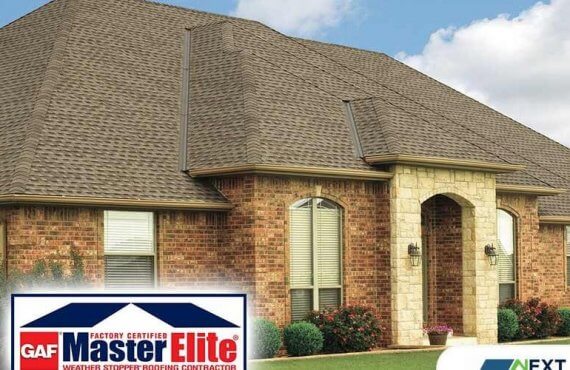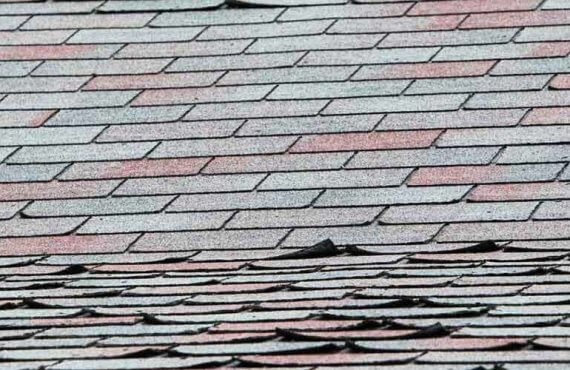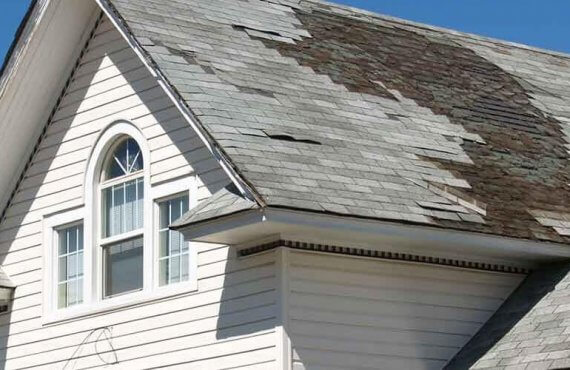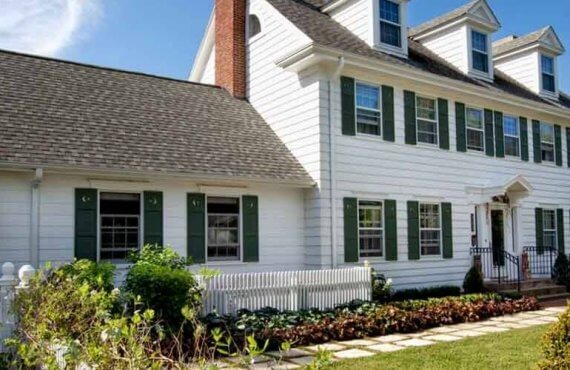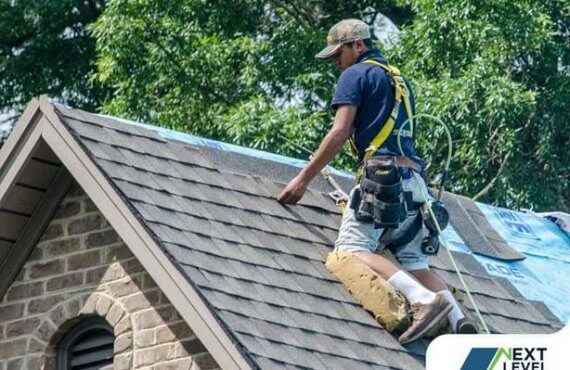Have you spotted a sagging section of your roof? Does your roofline appear to dip down in specific locations, especially around chimneys, vents and other penetrations, when you’re standing on the ground? Is it necessary to be concerned? Is it common for parts of your roof to droop over time? You may have a number of crucial questions that need to be addressed. It’s important to understand what causes a roof to sag and how serious the situation is.
The reliable roofers of Next Level Roofers discuss roof sagging, its probable causes, and the best ways to repair it.
Why Does Your Roof Sag?
Residential roofing systems typically sag when subjected to excessive weight. This could be a result of wind pressure or the sheathing and/or roofing materials (ex. excessive layering of shingles). Other possible causes include incorrect roof design, construction, modification, aging or environmental variables, degradation of structural components, or collapse of other supporting systems, such as the walls and house foundation.
Types of Roof Sagging
There are various different types of sagging, each of which stems from different factors. Drooping ridges in the center are typically caused by undersized rafters and/or bracing issues. Undersized rafters can also induce sagging on an entire side or plane. A roof that dips between rafters or trusses may be the consequence of sheathing that is too thin for the span; this can be corrected by simply replacing the old sheathing with more durable materials.
Here’s a look at some of the most common causes of roof sagging:
- Inadequate Support
The main roofing structure is supported by a series of joints and rafters. The roof joints are where you view your ceiling as well as the base of the roof. From the ridge to the margins, the rafters run diagonally. If these are insufficient, or if they are built incorrectly, the problem can cause the roof to sag.
- Water Damage
It’s important to understand how rainwater flows down your roof. Water can seep through the cracks and holes on your roof, causing substantial damage. Moisture builds up over time, creating an environment conducive to mold and mildew growth, as well as rot. Have your roof inspected and maintained on a regular basis to avoid this problem.
- Age
Sagging is a common indicator that your roof is nearing the end of its useful life. A properly maintained roof will endure decades of wear and tear. To determine whether your existing roof needs replacement, get it inspected by one of the qualified roofing companies in the area.
- Improper Installation
If it turns out that your roof wasn’t installed correctly, you should expect your roof to droop sooner than intended.
- Leaky Roof
If you have missing or damaged shingles, there’s a strong possibility you’re dealing with localized roof leaks. Slow leaks can wreak havoc on your roof as a whole, causing it to sag over time. A little roof leak, for example, might cause rot and degradation in the frame and sheathing of your roof. You may also have a ventilation problem if there is excessive moisture in your attic at periods when it shouldn’t be.
- Warped Sheathing (Roof Deck)
The shingles are held by the roof decking or sheathing, which provides excellent support for the entire system. Before installing a roof deck, reliable roofing companies must ensure that the home’s framing is sound and stable. A roof deck can bow or buckle if the builder doesn’t make sure everything is approved and ready to go before starting.
In addition, unequal tensions between plywood sheets can induce warping. Abutting edges without support are strengthened with H-clips. The absence, damage, or installation of these supports can result in buckling and drooping. It’s common to think that a foundation problem or other structural issue is causing shifting and hence roof sagging. The fact is that while roof sagging isn’t normally a significant structural/foundation issue, it should be assessed by an expert immediately.
- Impact
Storms cause wind and structural damage, particularly to roofs. For example, if a large tree limb fell on your roof, there is a considerable likelihood that an indentation will remain when the branch is removed. This indentation can affect the shingles, framework, roof deck, and trusses of your roof.
Immediately after a storm, have a professional roof replacement company evaluate your roof for obvious indicators of damage such as missing shingles or drooping. The longer you wait, the more likely you are to get localized leaking, which can lead to significant roof drooping and decay.
Signs You Might Have a Sagging Roof
If you notice any of the following indicators, you probably have a drooping roof and should have it inspected right away:
- The middle of the roof is sagging.
- Water is leaking through the ceilings below.
- The shingles on the roof are curling, buckling, or cupping.
- Water is pooling on the roof, especially in the sinking regions
The Best Remedies for Your Sagging Roof
The cause of the sagging will be determined first by roofing professionals. Then, once they’ve figured out what’s causing it, they can correct it in one of two ways:
- Roof Replacement – If the roof has been significantly damaged, it may be necessary to replace it totally. It must be scheduled immediately, otherwise, your roof will suffer further damage, increasing the risk of a collapse.
- Roof Repairs – They are a more cost-effective option, especially if the roof is just partially damaged. Roof brackets, roof strapping, and roof cables can help reinforce your roof and help keep it intact.
The most expensive solution is usually roof replacement, but it is also the most effective. Roof repairs may be a more cost-efficient option in the short term, but they may not be as effective in the long run. It’s critical to have a professional inspection if you detect any of the indicators listed above. If your sagging roof is the result of poor installation or weather damage, your selected roofing contractor can restore it with roof repairs. If your roof looks like it is sinking due to age, roof replacement may be the best solution.
In any case, fixing your roof should be done as soon as possible because sagging can lead to more serious damage that will cost much more later!
Next Level Roofers is a premier source of top-rated residential roofing services, including roof inspection and roof replacement. Our team of experienced roofers has a combined experience of over 39 years in the roofing industry and we are dedicated to delivering a high standard of customer service. Give us a call at (407) 993-6139 or fill out our convenient online form.

